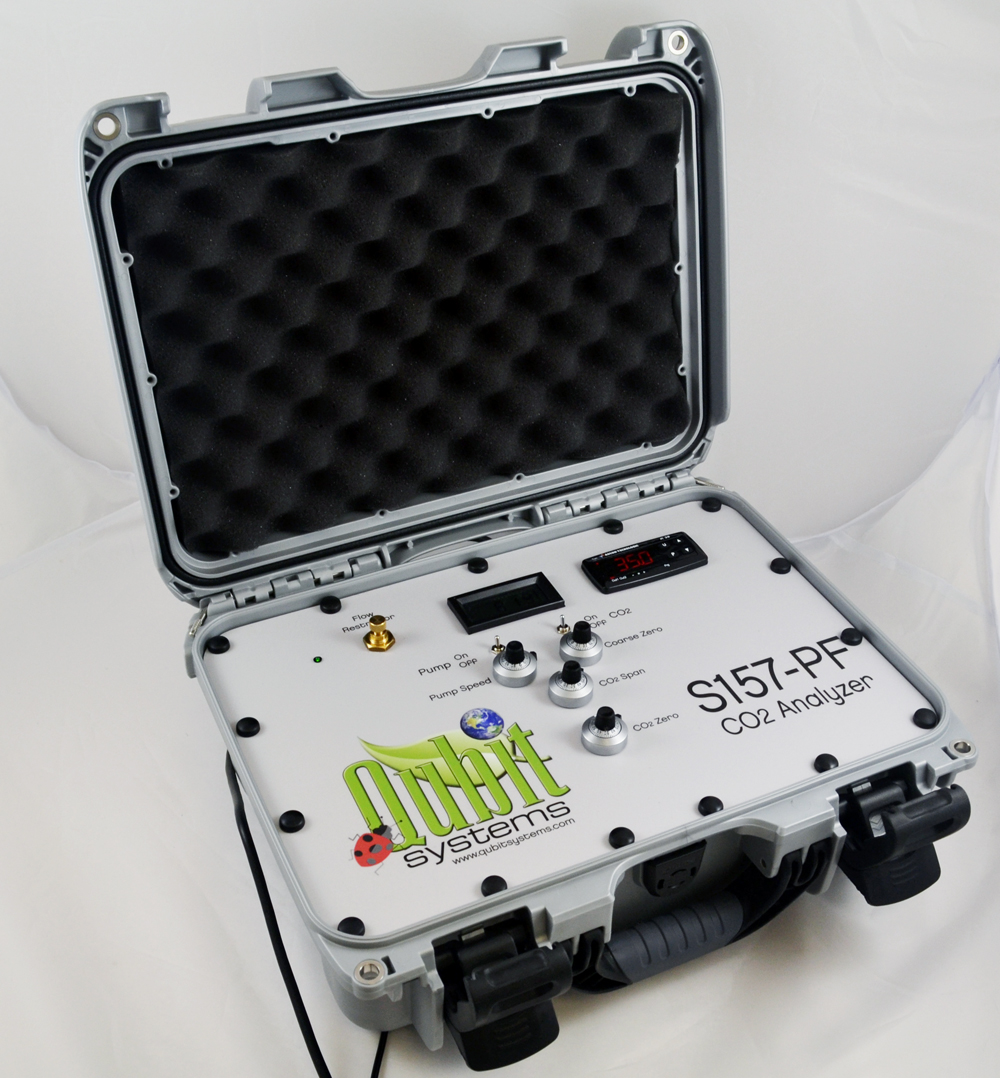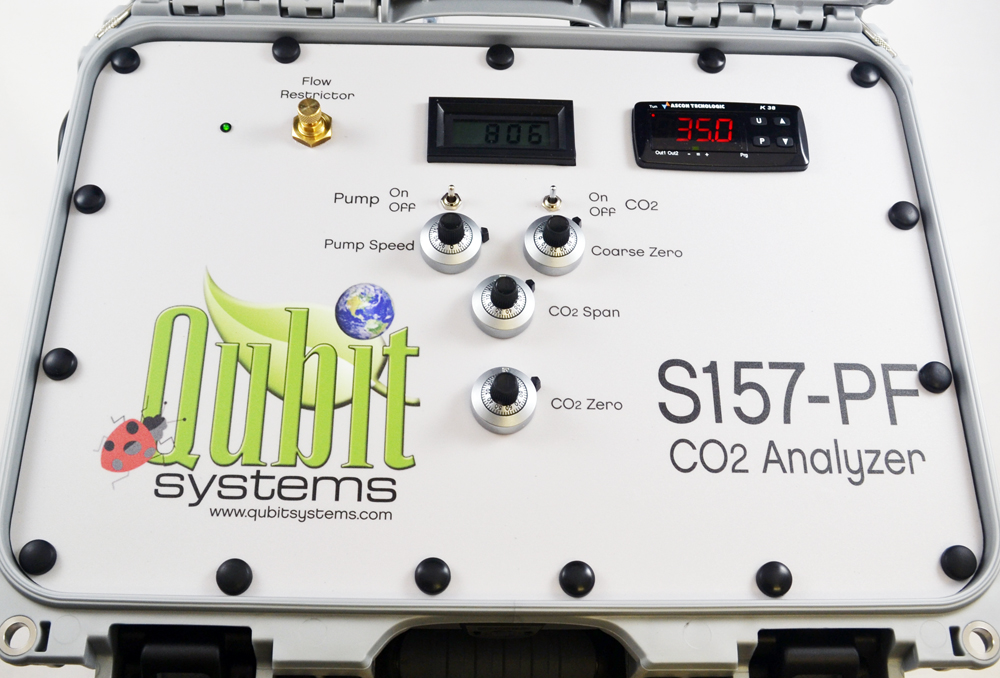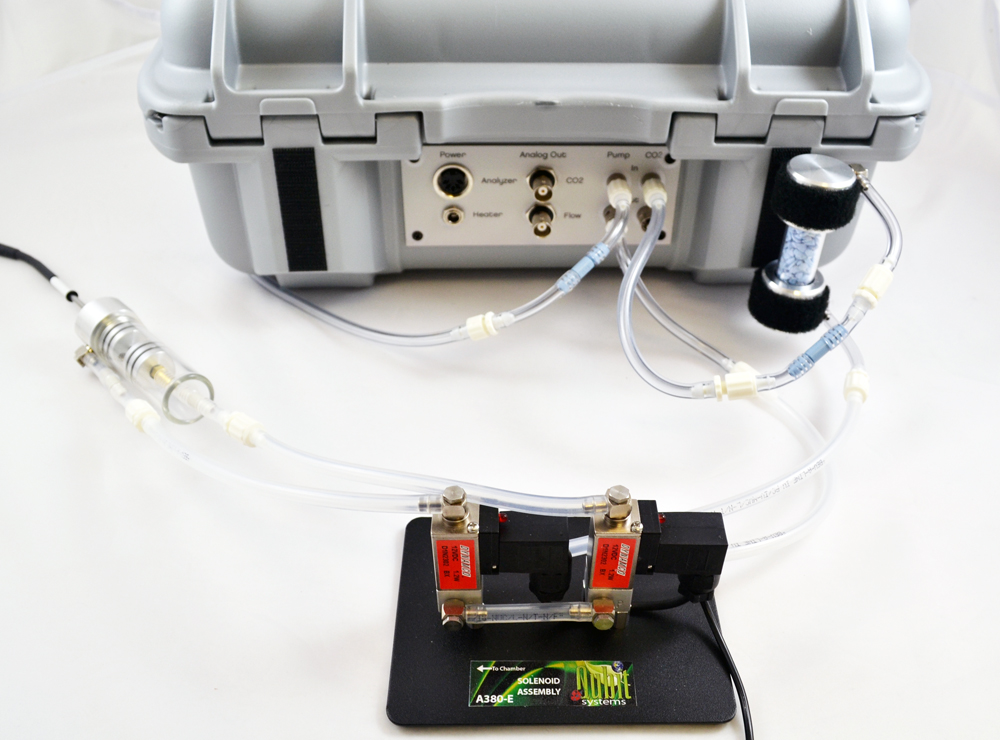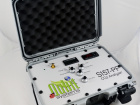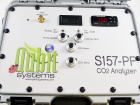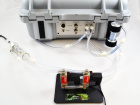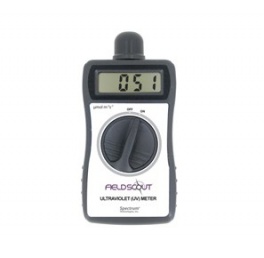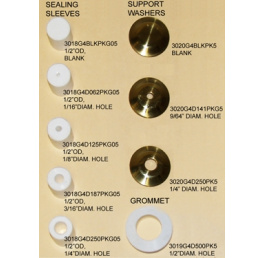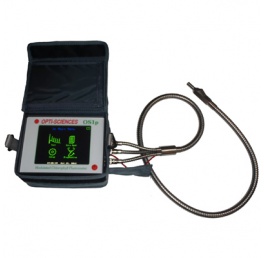The S157 CO2 Analyzer is a single channel flow-through non-dispersive infrared CO2 analyzer that measures CO2 in the 0 to 2000 ppm range with 1 ppm resolution. The range can be extended to 0 – 1% CO2, if requested. The CO2 Analyzer is ideal for CO2 exchange measurements with leaves, insects, small animals or organisms with a low metabolic rate. It can also be used to measure soil respiration and for environmental monitoring. The S157 can be purchased as a stand alone CO2 analyzer with a build in gas pump (S157-P), or a built in gas pump and mass flow monitor (S157-PF). All versions of the S157 have temperature control of the rugged case, making it ideal for field use.
The S157 CO2 analyzer can be used for monitoring greenhouse and growth chamber CO2 levels. It is rugged and portable for use in the lab or field (with optional battery pack). The analyzer may be used in a flow-through gas exchange configuration for instantaneous and continuous measurements of CO2 exchange. It can also be used in injection mode with a septum for measurements of CO2 levels in collected gas samples. For measurements of extremely small changes in CO2 levels the analyzer can be used in stop flow or closed system modes. The S157 CO2 Analyzer shares the same infrared technology as the S158 CO2 Analyzer (0-10% range). It can be used as part of Qubit Systems’ CO2 Control System for regulating pCO2 in growth cabinets or other chambers. We recommend using the S157 with a Qubit supplied data interface and software (optional) but other data acquisition systems may also be used.
- Non-dispersive infrared sensor
- 0 – 2000 ppm CO2 range (optional 0 – 1%)
- Temperature control of the rugged case
- 1 ppm carbon dioxide resolution on digital display
- Modulated infrared light source = no moving parts
- 0 – 5 V analog output
- Available as stand alone, with built in gas pump (S157-P) or built in gas pump and flow monitor (S157-PF)
- Compact and portable
- Optional battery pack for field use
- Weatherproof rugged case
Applications
- Photosynthetic measurements
- Respiration of roots and soil samples
- Respirometry of insects, other invertebrates and small animals
- Head space analysis of cell cultures
- Atmospheric monitoring and control
- Dissolved CO2 measurements
- Gas control of chambers and growth cabinets
- Analysis of gas samples in injection mode
| Operating principle | Non-dispersive infrared |
| Maximum gas flow rate | 650 mL/min |
| Measurement range (LCD display) | 0 – 1999 ppm |
| Accuracy | Better than ± 2% of full scale |
| Repeatability | Better than ±1% of reading |
| Response time | (45 sec to 95% of final value @ 250 mL/min; ) ca. |
| Warm up time (@ 22oC) | ca. 15 min |
| Output (linear) | 0 – 5 VDC for 0 – 2000 ppm |
| Calibration adjustments | Zero and Span |
| Operating temperature range | 0 to 50oC |
| Storage temperature range | -40 to 70oC |
| Operating pressure range | ±1.5% local mean pressure |
| Operating pressure range | ±1.5% local mean pressure |
| Humidity range | 5 to 95% RH, non-condensing (recommend drying gas stream) |
| Pressure dependence | +0.19% reading per mm Hg |
| Power requirements | 12 VDC via 120 VAC/60 Hz adapter |
| Current requirements | 200 mA average, 450 mA peak |
| Dimensions: (cm) | (H x W x D: 17 x 40 x 30) |
| Weight | 4.7 kg |
| Warranty | 1 year limited |
- Sinaie S et al. Effects of elevated CO2 and water stress on population growth of the two-spotted spider mite, Tetranychus urticae Koch (Acari: Tetranychidae), on sweet pepper under environmentally controlled conditions. Journal of Asia-Pacific Entomology 22: 96-102 (2019)
- Sadeghi‐Namaghi S, Amiri‐Jami A, Shoor M Aphid suitability for the predatory hoverfly Episyrphus balteatus altered with elevating atmospheric CO2 and sinigrin. Entomological Science 21: 12-21 (2019)
- Piechowicz B et al. Components of the smell of beer as enticing factor for invasive slugs Arion lusitanicus non-mabille. Ecological Chemistry and Engineering 25: 133-151 (2018)
- Piechowicz B et al. The smell of beer as a factor affecting the emission of carbon dioxide by Arion lusitanicus auct. non-Mabille Ann. Anim. Sci., Vol. 16: p463–476 (2016)
- Maliszewska J, Tegowska E. Capsaicin as an organophosphate synergist against colorado potato beetle (Leptinotarsa decemlineata Say) Journal of Plant Protection Research 52: p28-34 (2012)
- Celikel F.G. et al. Temperature, ethylene and the postharvest performance of cut snapdragons (Antirrhinum majus): Scientia Horticulturae 125 (3):429-433 (2010)
- Jumbo-Lucioni P, Ayroles JF, Chambers MM, Jorday KW, Leips J, Mackay TFC, DeLuca M. Systems Genetics analysis of body weight and energy metabolism traits in Drosophila melanogaster. BMC Genomics:11 p297- 309 (2010).
- R. F. Krachler, R. Krachler, A. Stojanovic, B. Wielander, and A. Herzig. Effects of pH on aquatic biodegradation Processes. Biogeosciences Discuss.:6, p491–514 ( 2009).
- Scarpeci TE, Valle EM. Rearrangement of carbon metabolism in Arabidopsis thaliana subjected to oxidative stress condition: an emergency survival strategy. Plant Growth Regul. 54: 133-142 (2008)
- Busi MV, Maliandi MV, Valdez H, Clemente M, Zabaleta EJ, Araya A, Gomez-Casati DF. Deficiency of Arabidopsis thaliana Frataxin alters activity of mitochondrial Fe-S proteins and incudes oxidative stress. The Plant Journal 48: 873-882 (2006)




